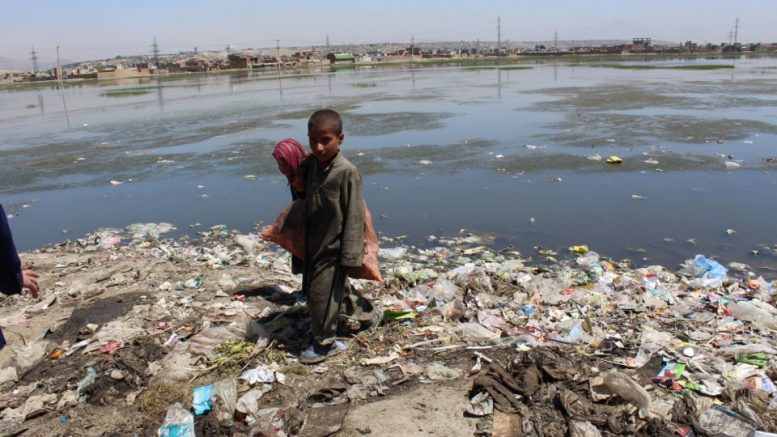Environmental problems such as waste disposal, climate change, water and air pollution, as well as ozone layer depletion, are some of the greatest concerns for the human race today. These issues are a result of harmful human activity on the biophysical environment. To curb these issues, several measures have been put in place by different countries around the world. For instance, some countries and cities have banned plastic bags to reduce plastic bag pollution. Industries, too, are using waste disposal measures such as in-plant control to minimize harm to the environment.
How much rubber and plastic is produced?
Despite the steps that are being taken by different countries around the world, the war against rubber and plastic pollution is far from over. The plastic and rubber industries have experienced continuous growth since their inception. The global production of natural and synthetic rubber, for example, went up from 17.8 million metric tonnes in 2000 to 25.3 million metric tonnes in 2011. That number rose again to 28.6 million metric tonnes in 2017, an average annual growth rate of 2.7%.
Natural rubber, which is biodegradable, constitutes less than half of the rubber produced commercially primarily because it has tack, only grows in tropical climates, does not age well, and is not resistant to damage from heat, light, and the ozone layer. Synthetic rubber, which is non-biodegradable, is preferred because it is more resistant to abrasion and heat compared to natural rubber, ages well, and is flame resistant, and hence, it can be used as insulation for electric devices.
Statistics show that since the 1950s, about 8.3 billion tonnes of plastic have been produced. This is equivalent to the weight of, roughly, a billion elephants. Of the 8.3 billion tonnes, only 9% has been recycled, 12% has been burned, and the remaining 79% has been disposed of in landfills and the environment.
What’s behind the growing demand for rubber and plastic?
It is worrying that in the wake of the awareness of the harmful effects of rubber and plastic, the demand for the two keeps growing. This increase in demand is a result of:
- The replacement of materials such as steel, cardboard, and paper with lightweight plastics, to make products less bulky and more durable.
- The growth of the automotive and construction industries has raised the demand for plastics and rubber and its raw materials. The tire sector, for instance, is very dynamic and there is a constant focus on modernization and development of new products. The demand for rubber for tires and plastics for car body parts keeps increasing globally, due to the increased production and exportation of cars.
- The growth of packaging industries due to the increasing number of products in the consumer goods sector has increased the demand for plastic packaging, as it ensures not only quality packaging but also allows the use of attractive visual designs.
- The demand for machinery to process raw, semi-finished, and finished plastic and rubber products has also increased and this has, in return, increased the availability of rubber and plastic materials on the market.
- Technological innovation and the use of plastics and rubber in entertainment and sports products. For example balls, home bowling alley, and electronics devices nowadays are mostly made of plastic and rubber.
- Suppliers suffering from reduced margins turn to plastics for packaging because of the low polymer prices.
In conclusion
One of the most apparent effects of plastic and rubber is environmental degradation, not only because of improper disposal but also because of the industrial effluents produced during their manufacturing which are acidic and have a high concentration of ammonia, nitrogen, and sulphate.
Surprisingly, the two industries do not seem to be slowing down as they are incorporating emerging technologies such as robotics to aid in the production of cost-effective products that increase competitiveness. What do you think can be done to minimize the harmful effect of plastics and rubber on the environment?



Be the first to comment on "High Demand In Plastic and Rubber In Spite of the Rise in Environmental Awareness Programs"